
1993 – NASA scientists using the International Ultraviolet Explorer (IUE) find direct evidence that red supergiant stars end their existence in massive explosions known as supernovae. Twelve million light years away, in the galaxy known as M81 the Type II supernova was designated SN 1993J, the tenth supernova of the year. IUE was launched into Earth orbit in January 1978 by a Delta rocket from Cape Canaveral, Fla., in cooperation with the European Space Agency (ESA) and the British Science and Engineering Research Council. Managed by Goddard Space Flight Center with the ESA in Villafranca, Spain.
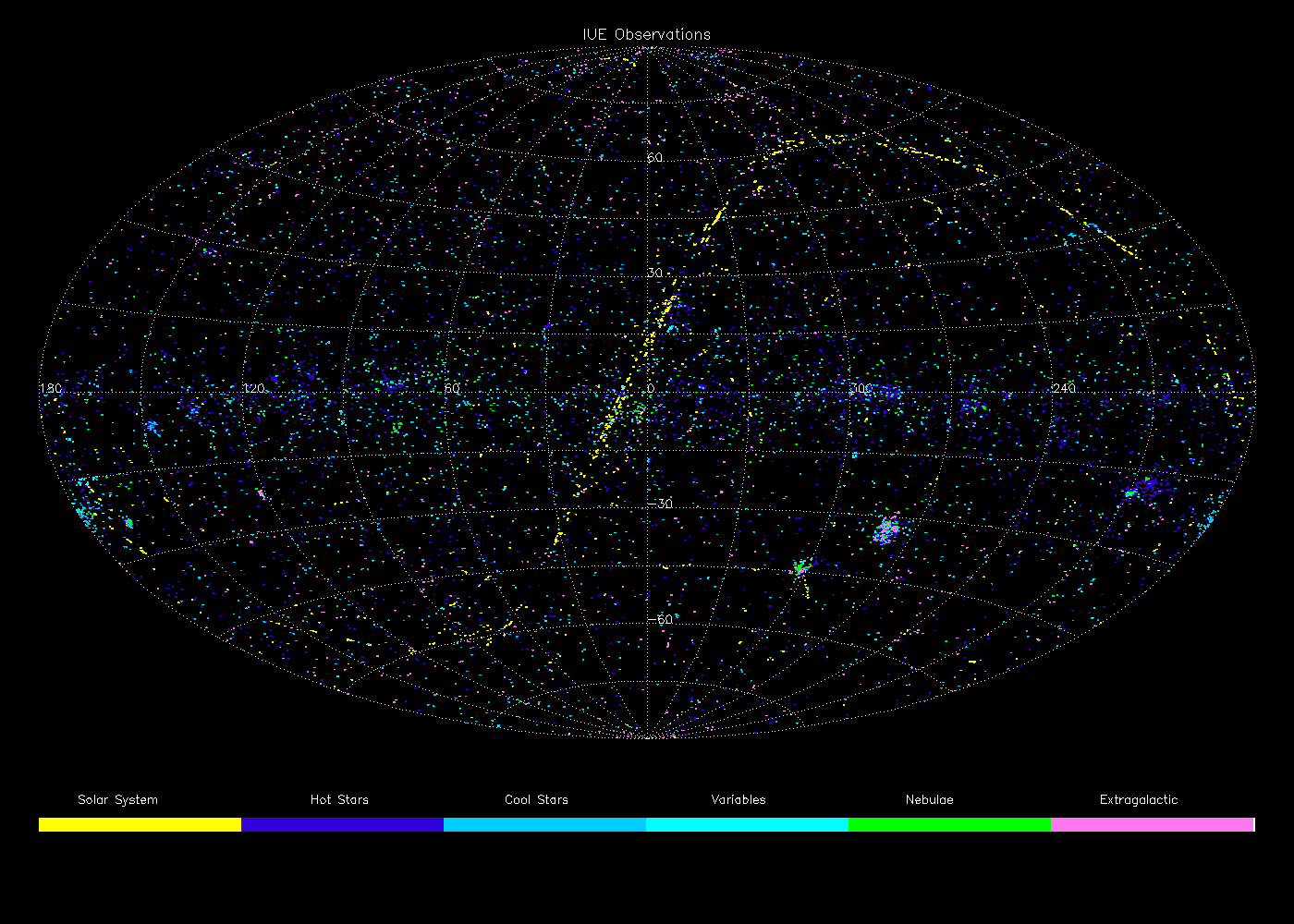
1992 – Death of Issac Asimov who, in his lifetime, was considered one of the “Big Three” science fiction writers, along with Robert A. Heinlein and Arthur C. Clarke.
1984 – STS-41-C (formerly STS-13) was the eleventh Space Shuttle mission, and the fifth mission of Space Shuttle Challenger. Robert Crippen, Dick Scobee, Terry Hart, James van Hoften, George Nelson 1st EVA: 2 hours, 59 minutes
2nd EVA: 7 hours, 7 minutes. On mission to capture and repair the malfunctioning Solar Maximum Mission (“Solar Max”) satellite, and deploy the Long Duration Exposure Facility (LDEF) experimental apparatus. Challenger landed a day later than scheduled and at Edwards Air Force Base.
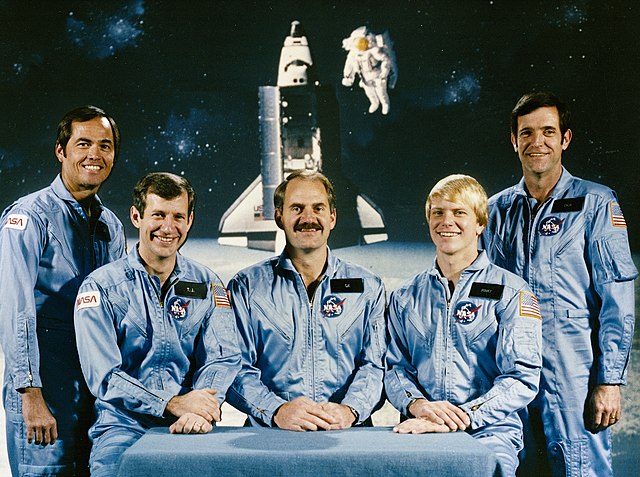
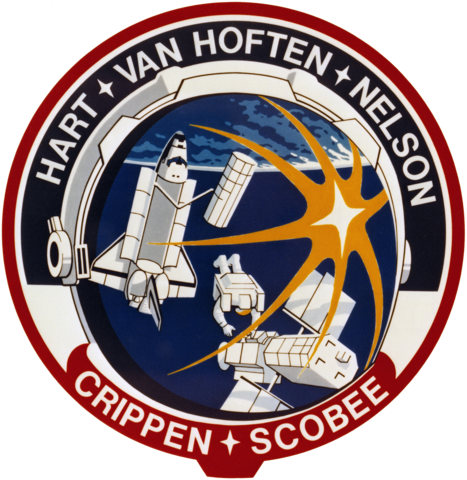
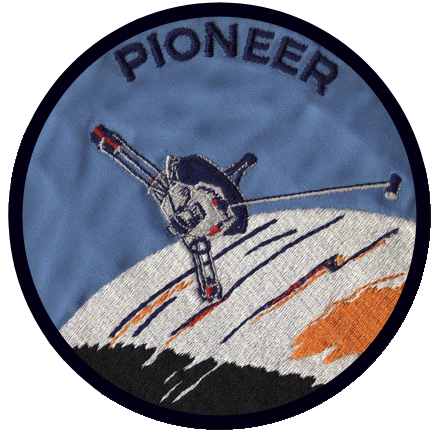
1973 – Pioneer 11 launched. This was the spacecraft which made the first direct observations of Saturn (1979) and studied energetic particles in the outer heliosphere. The Pioneer 11 Mission ended on 30 September 1995, when the last transmission from the spacecraft was received. Its electrical power source exhausted, the spacecraft could no longer operate any of its scientific instruments, nor point its antenna toward Earth. The spacecraft is headed toward the constellation of Aquila (The Eagle), Northwest of the constellation of Sagittarius. Pioneer 11 may pass near one of the stars in the constellation in about 4 million years. (NASA)

1965 – ![]() Launch of Early Bird (Intelsat I), first commercial communication satellite, used by the Canadian Overseas
Launch of Early Bird (Intelsat I), first commercial communication satellite, used by the Canadian Overseas
Telecommunications Corporation (Teleglobe Canada in 1975) for transatlantic communications.
1934 – The American Interplanetary Society changes its name to the American Rocket Society.The Journal of the American Rocket Society was published from 1945–53. By the end of the 1950s membership had reached 21,000. In early 1963, the ARS merged with the Institute of the Aerospace Sciences to become the American Institute of Aeronautics and Astronautics (AIAA).
648 B.C. – The earliest total solar eclipse chronicled by Greeks was observed.
Birthdays

1957 – Major Paolo Angelo Nespoli is an Italian astronaut and engineer of the European Space Agency (ESA). Time in space 313 days 2 hours 36 minutes. STS-120, Soyuz TMA-20 (Expedition 26/27), Soyuz MS-05 (Expedition 52/53)

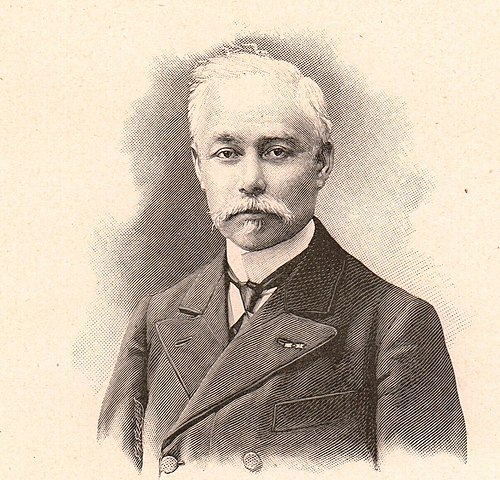
1851 – Guillaume Bigourdan a French astronomer. In 1886, he submitted his doctoral thesis Sur l’équation personnelle dans les mesures d’étoiles doubles (FR: On the personal equation in double star measurements) on the measurements of 2800 double stars. In 1919, he received the Prix Jules Janssen, the highest award of the Société astronomique de France, the French astronomical society. In 1924, he was made president of the Académie des Sciences and the Institute of France, after serving as its vice-president in 1923.